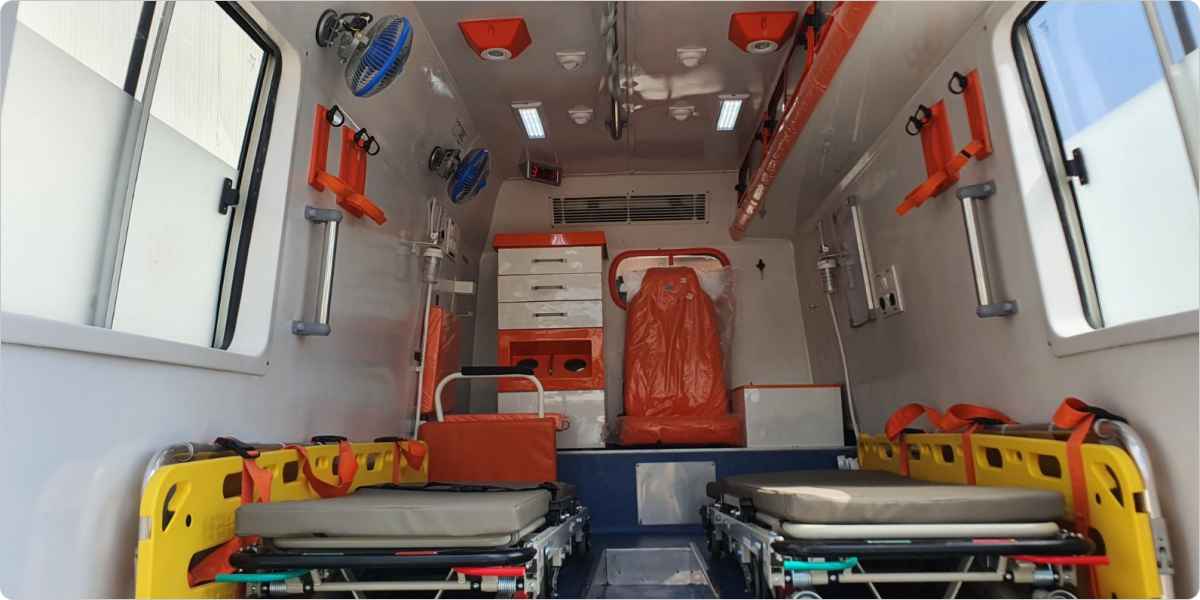Life Support Equipment: A Lifeline in Critical Situations
Life support equipment plays a crucial role in sustaining and preserving human life during critical situations. Whether in a medical setting or emergency response scenarios, these devices are designed to provide essential support to individuals facing life-threatening conditions. This article delves into the significance of life support equipment, its various types, and the impact it has on healthcare and emergency services.
Understanding Life Support Equipment:
Life support equipment encompasses a broad range of devices and systems that are designed to maintain or restore vital bodily functions. These functions include breathing, circulation, and other essential physiological processes. The primary objective of life support equipment is to stabilize patients and provide the necessary time for medical professionals to diagnose and treat underlying conditions.
Types of Life Support Equipment: a. Ventilators:
Ventilators are critical in assisting individuals with respiratory failure. These machines deliver controlled amounts of air to the lungs, ensuring an adequate supply of oxygen and removal of carbon dioxide.
- Defibrillators: Defibrillators are essential in emergencies involving cardiac arrest. These devices deliver an electric shock to the heart to restore its normal rhythm, significantly improving the chances of survival.
- Cardiopulmonary Bypass Machines: Used in cardiac surgeries, these machines temporarily take over the functions of the heart and lungs, allowing surgeons to operate on a still heart.
- Dialysis Machines: Vital for patients with kidney failure, dialysis machines filter and purify the blood, replicating the function of the kidneys.
- Extracorporeal Membrane Oxygenation (ECMO): ECMO provides prolonged cardiac and respiratory support to patients with severe heart and lung conditions. It temporarily takes over the functions of the heart and lungs, allowing them to rest and heal.
Impact on Healthcare:
Life support equipment has revolutionized the field of healthcare by significantly improving patient outcomes. Timely access to these devices can be the difference between life and death in critical situations. The continuous advancements in technology have also led to the development of more sophisticated and efficient life support equipment, enhancing the capabilities of medical professionals in providing care.
Challenges and Considerations:
- Resource Allocation: The availability and distribution of life support equipment can be a challenge, especially in regions with limited resources. Ensuring equitable access to these devices remains a critical consideration.
- Training and Maintenance: Proper training for healthcare professionals on the operation and maintenance of life support equipment is essential to ensure optimal performance when needed. Regular maintenance and quality assurance protocols are crucial to prevent malfunctions.
Emergency Services and Life Support:
Life support equipment is not confined to medical settings alone. Emergency response teams, including paramedics and firefighters, rely on portable life support equipment to stabilize individuals at the scene of accidents or disasters. Rapid deployment of these devices can be instrumental in saving lives before reaching a medical facility.

Future Developments and Innovations:
The landscape of life support equipment is ever-evolving, with ongoing research and development aimed at introducing innovations that enhance efficiency, portability, and overall effectiveness. Emerging technologies, such as artificial intelligence and miniaturized sensors, hold the promise of creating more intelligent and responsive life support systems. These advancements aim to further personalize treatment, adapting to individual patient needs in real-time.
Ethical Considerations:
The use of life support equipment raises ethical questions surrounding end-of-life decisions, resource allocation, and the determination of when to initiate or withdraw support. Striking a balance between the preservation of life and respecting patients’ wishes requires careful consideration, and healthcare professionals play a vital role in navigating these complex ethical dilemmas.
Global Access to Life Support Equipment:
Ensuring global access to life support equipment remains a significant challenge. Disparities in healthcare infrastructure and economic conditions can result in unequal access to these life-saving technologies. International collaboration, advocacy, and innovative approaches to distribution are crucial in addressing these disparities and making life support equipment more universally available.
Public Awareness and Education:
Increasing public awareness about the importance of life support equipment and basic life support skills is integral to improving outcomes in emergencies. Community education programs, first aid training, and public access to automated external defibrillators (AEDs) contribute to creating a more resilient and responsive society.
Conclusion:
Life support equipment is a cornerstone of modern healthcare and emergency response systems, serving as a beacon of hope in critical situations. From ventilators to defibrillators, these devices are instrumental in bridging the gap between life-threatening emergencies and effective medical intervention. As technology advances and society grapples with ethical considerations, the ongoing commitment to research, training, and global accessibility will ensure that life support equipment continues to play a pivotal role in preserving and sustaining human life. In a world where every second counts, these devices remain a testament to humanity’s dedication to safeguarding each other’s well-being, one life-supporting breath at a time.
Life support equipment stands as a testament to human ingenuity and the relentless pursuit of enhancing healthcare and emergency response capabilities. As technology continues to advance, so too will the capabilities of these life-saving devices, reaffirming their pivotal role in safeguarding lives during critical moments. The ongoing commitment to research, training, and resource allocation ensures that life support equipment remains a lifeline for those facing the most challenging circumstances.



